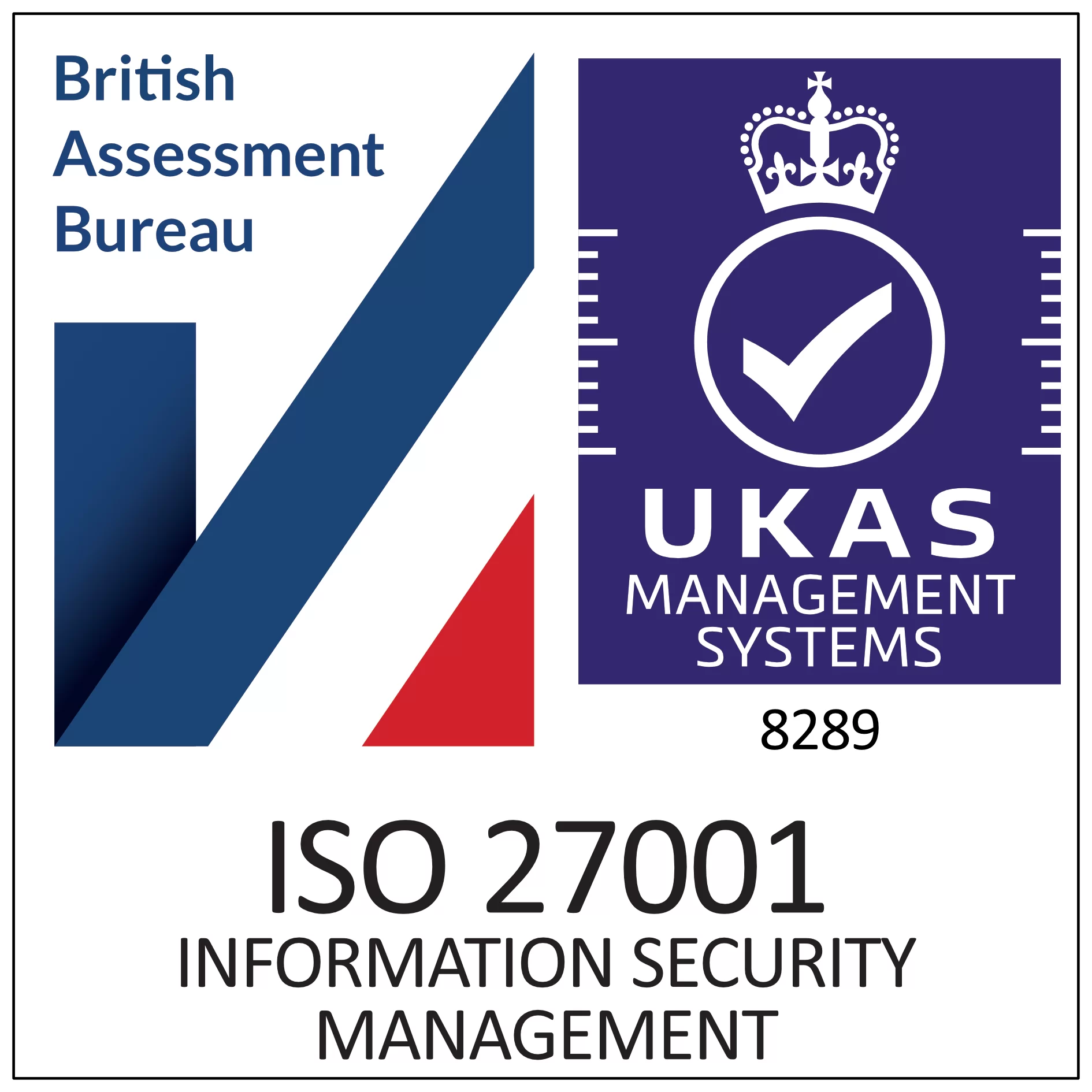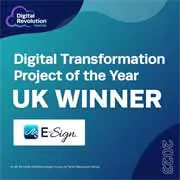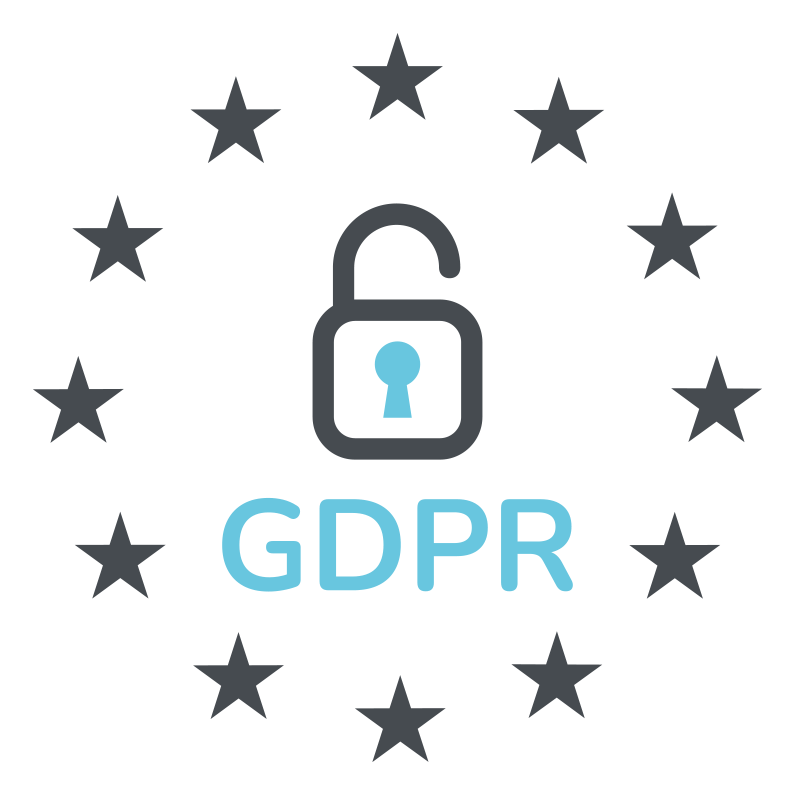Digital Identities
What are digital identities?
A digital identity is essentially a digital representation of the core information that makes up your identity, such as your name and age. It can also include other details about you at your request, including your address or biometric information like a face scan or fingerprint. With this digital information, you can prove your identity during transactions and interactions without the hassle of needing to present physical documents.
What are the benefits of digital identities over physical documents?
A key difference between digital and physical identities is that you control more of the information shared with your digital identity. This means you can limit the details to only what you need to provide at the time. For example, if you need to prove you’re over 18, you can provide a simple yes/no response without revealing other personal details.
Therefore, with digital identities, users can create and maintain their identity, having full control over the information they choose to share and use across various services and platforms, both public and private. Also, for businesses, by integrating digital identities into their processes, they can effectively streamline user onboarding, improve the customer experience, and fully comply with the eIDAS 2.0 regulation.
Key elements of digital identities
Attributes
Attributes are the pieces of information that describe an individual, such as their name, address, date of birth, etc.
Verification
Digital identities need to be verified to ensure they are accurate and secure. Several methods can achieve this, including passwords, biometrics (fingerprints or facial recognition), and other forms of authentication.
Access control
Digital identities are used to control access to online services, as a proof of identity may be required before access may be granted.
Examples of digital identities
There are several different types of digital identities that represent individuals and businesses.
For individuals
- Google account
- Social media profiles
- National digital ID
For organisations
- SSL certificates
- Business social profiles














